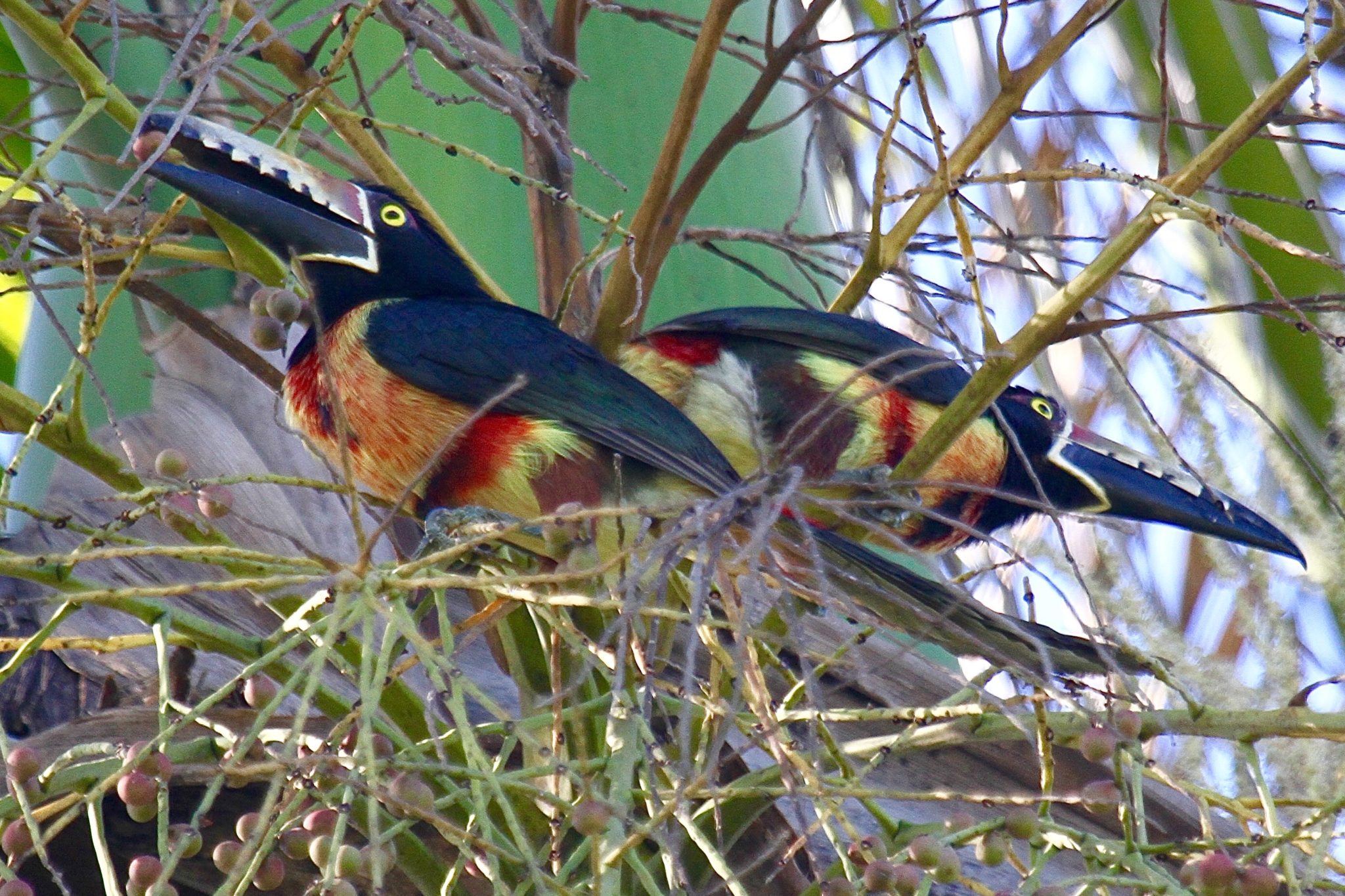
Collared Aracari, Belize. Photo by Gretchen Schramm
Tucked into the northeast corner of Belize and not far from the Mexico border, the Orange Walk district is a study in contrast. Home to around 14,000 people, it’s the district that hosts the largest collection of Maya settlements built during the Pre-Classic Period, but there are also plenty of reminders of European conquests during the 1500s, too. Now an epicenter of multi-cultural influences, this modern-day Babel is a land of many languages, faiths and cultural practices, but it’s the region’s emerging eco-tourism reputation that’s getting Orange Walk the most amount of attention these days.
Here are 13 things you need to know before you visit:
- Orange Walk Town takes its name from the district and it’s the fourth largest town in Belize. This area was originally known by its Mayan name: Holpatin.
- When Mestizos fled Mexico during the Caste War of Yucatan that raged from 1847 to 1901, they established a homeland in the Orange Walk region where their ancestors remain to this day.
- This Mestizo populace is responsible for jump-starting Belize’s sugar cane industry, once the primary cash crop based in this area of the country.
- Orange Walk is just one hour north—53 miles—of Belize City, home to the nation’s primary international airport. A smaller airstrip, Orange Walk Airport, handles connecting flights.
- Orange Walk’s nickname is “Sugar City” thanks to the aforementioned operation that makes up Belize Sugar Industries.
- Stay at El Gran Mestizo when visiting Orange Walk. Choose between standard and premium cabins, each of which is warm, welcoming and affordable. Expect river views, handcrafted logwood beds, verandas and hammocks, plus beautifully appointed baths.
- The aforementioned mix of Mayans and Mestizos aren’t the only exotic societies coexisting in Belize today: You’ll also find thriving communities made up of Chinese, Taiwanese, Kriols, Indians and Mennonite people throughout Orange Walk.
- A visit to the Banquitas House of Culture is a must for visitors eager to learn more about the origins of Orange Walk and its history.
- Unique aquatic sites like Honey Camp Lagoon and the New River offer diverse aquatic experiences that range from sports to jungles and rainforest tours.
- Orange Walk’s Mayan influences are remarkable. From small temple complexes to major ruins like Lamanai and Cuello, expect a total Maya immersion here. By the way, the name Lamanai is Mayan for “submerged crocodile”.
- While sugar was once king, eco-tourism is now Orange Walk’s prime economy driver and continues to be a tourist magnet for conservation-minded visitors.
- There are 400+ species of birds in Orange Walk plus howler monkeys and other wildlife. You might see elusive Yucatan Nightjars, Roseate Spoonbills, Sun Grebes and huge Jabiru Storks with wingspans measuring 9 feet.
- In addition to the economic boost from eco-tourism Orange Walk has enjoyed, agricultural diversification has also sprung up in recent years with the introduction of cash crops like soybeans, onions and papayas.